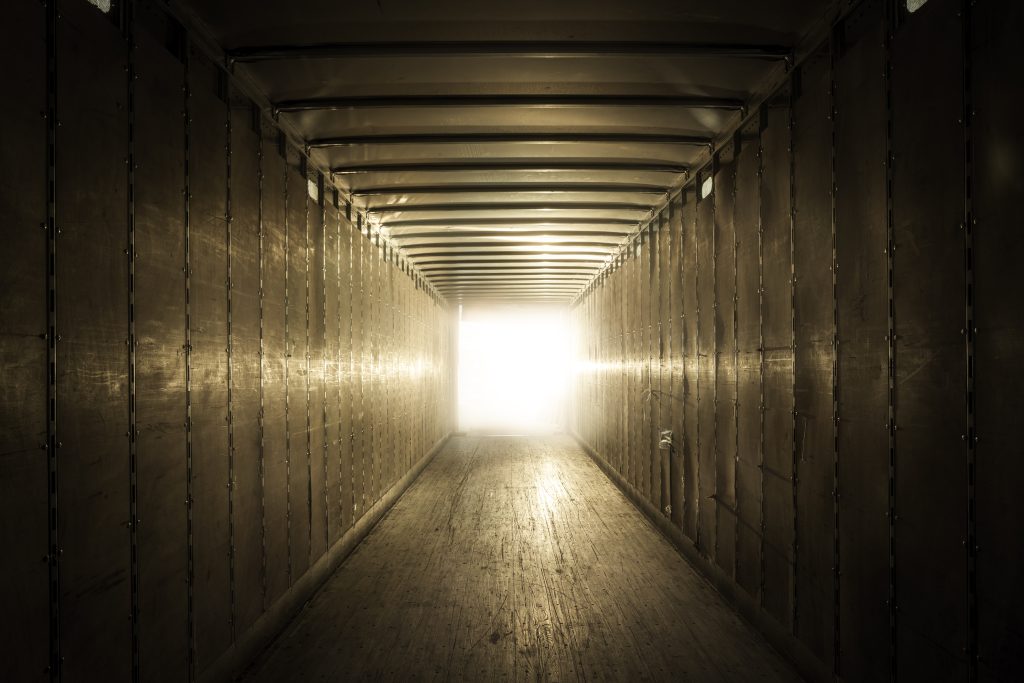
One of the hardest questions to answer when choosing a camera is “How many cameras do I really need?” The three most common camera systems have 1, 2, 3, or 4 cameras. A less common but highly useful system choice is 5.
It can feel confusing trying to choose the number of cameras you need. It often depends on your specific needs and preferences. Here’s a breakdown to help you decide:

1. The first question is one of Coverage Area. Determine what areas of your vehicle you want to cover and what is most important for you to be able to see and protect:
– Outside forward facing – A single front-facing camera is the basic option, recording what happens in front of your vehicle.
– Outside forward facing and interior facing – A two-camera system covers both the front of your vehicle as well as inside the driver/passenger compartment, providing a more comprehensive coverage..
– Outside forward facing, interior, and side auxiliary cameras – A system with three to five cameras extends coverage to the sides as well as potentially the rear and/or cargo compartment, offering a nearly 360 degree view and the ability to capture incidents from multiple angles. These systems allow you to not only show what your driver was seeing and reacting to, but also how the other vehicles were behaving.
2. The second question you should answer is “Why?” For what purpose are you installing cameras.
– Minimal Coverage – If you’re primarily concerned about incidents happening in front of your vehicle, a forward facing camera system may suffice. There is one significant drawback to these single camera systems though – you have no proof that you or your driver were acting in a safe and responsible manner in the moments leading up to an incident.
– Basic Coverage – the stand has really become a dual facing dash camera system. These systems have lenses for the front of a vehicle as well as inside the passenger compartment. These systems allow for a more comprehensive view of the moments leading up to an incident and can be used to prove innocence more quickly than single camera systems.
-Full 360 degree coverage – For a more comprehensive view or if you want to monitor all sides of your vehicle, a 3,4 or 5-camera setup could be more suitable. With the addition of auxiliary cameras you are able to get a much more accurate view of the moments leading up to an incident

3. The third question is budgetary – “How much are you willing to spend and what is the ROI?”
The more cameras, the higher the cost, not just for the cameras but also for installation and potential maintenance. So a single dash camera whether front facing only or dual facing, is the cheapest option. However, the ROI for a multi camera system is significantly higher. Consider that the largest cost and slowest part of a claim process is in discovery. That’s the period of collecting information, conducting interviews, and determining what each party has to contribute to the case. A 3, 4, or 5 camera system will drastically reduce this process providing clear evidence of all vehicles and driving behaviors prior to an incident.
4.The fourth question is about features. “What features are important to you?”
Most of the systems out today are relatively simple and feature free. Cameras purchased from sources like Amazon or from a retail store tend to only record. These systems are useful for many consumers who only want the most basic of systems. However, some more complete systems offer additional features like remote monitoring, cloud storage, crash indication and notification, stand by mode, GPS, distracted driving alerts, and many more. Consider these extras and whether they align with the requirements from your “Why” question above.. For a more in depth discussion on features and how to choose the right camera based on your needs click here.
5. Finally, how will you install these cameras?
The more cameras you add, the more complex the installation might become. Consider whether you’re comfortable with a more intricate installation or if you prefer a simpler setup. If you’re handy a 3, 4 or 5 camera solution can be relatively easy to install. In most cases they require only a few screw holes and to connect a positive and negative cable. But many people feel more comfortable with having a professional install their multi-camera system. See our guide to how to select a professional installer here.

Ultimately, weigh these factors against your specific needs for coverage and the level of detail you want in your dashcam footage. If you’re uncertain, a two-camera system covering the front and inside is a popular choice as it provides a good balance between coverage and cost.





